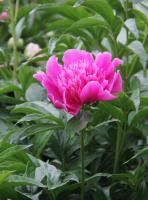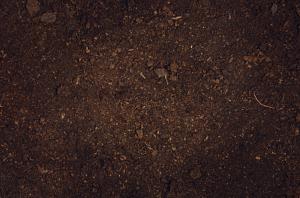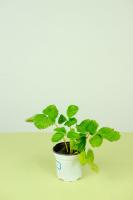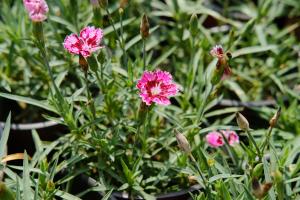Why is My Weed Plant Yellow?
If you're a cannabis grower and your plant is turning yellow, you're probably wondering what went wrong. Yellowing can be a sign of several issues such as nutrient deficiencies, overwatering, or pest infestations. In this article, we'll cover the common causes of yellowing in cannabis plants and how to fix them.
1. Nutrient Deficiencies
Cannabis plants require a balance of nutrients to grow properly, including nitrogen, phosphorus, and potassium. If your plant is turning yellow, it could be a sign of a nutrient deficiency. The most common nutrient deficiencies that cause yellowing are nitrogen and magnesium. Nitrogen is important for leaf growth and will cause the leaves to turn yellow if lacking. Magnesium is also vital for chlorophyll production, and a deficiency will similar affect leaves.
To fix a nutrient deficiency, you'll need to identify which nutrient is causing the yellowing. You can use a nutrient deficiency chart to diagnose the issue. Once you have identified the nutrient, you'll need to provide the plant with a suitable fertilizer that contains the lacking nutrient. Be sure to follow the instructions on the fertilizer and avoid over-fertilizing, which can lead to further issues.
2. Overwatering
Overwatering is a common issue among cannabis growers, especially new growers. When you overwater your plants, the roots start to rot, which leads to a lack of oxygen uptake. This can cause the leaves to turn yellow and droopy. Additionally, overwatering can also dilute nutrients and cause nutrient deficiencies, further worsening the yellowing of leaves.
To fix the overwatering issue, you'll need to reduce watering frequency and intensity. Allow the soil to dry out between watering to prevent root rot. You can also use a moisture meter to monitor the soil moisture level and avoid overwatering in the future.
3. Pest Infestations
Pests can also cause yellowing in cannabis plants. Spider mites, aphids, and whiteflies are common pests that feed on the leaves and sap the nutrients out of the plant. This can cause the leaves to turn yellow and also distort their shape.
To get rid of pests, you'll need to identify the type of pest and use the appropriate pesticide. You can also use natural remedies such as neem oil or insecticidal soap to control pests. Be sure to follow the instructions on the pesticide and avoid overusing it, which can be harmful to the plant.
Conclusion
Yellowing in cannabis plants can be caused by several issues such as nutrient deficiencies, overwatering, and pest infestations. To fix the issue, you'll need to identify the underlying cause and take appropriate action. Regular monitoring of your plants, proper watering, and fertilization can help avoid this issue in the future.

 how many times do yo...
how many times do yo... how many planted tre...
how many planted tre... how many pine trees ...
how many pine trees ... how many pecan trees...
how many pecan trees... how many plants comp...
how many plants comp... how many plants can ...
how many plants can ... how many plants and ...
how many plants and ... how many pepper plan...
how many pepper plan...






























